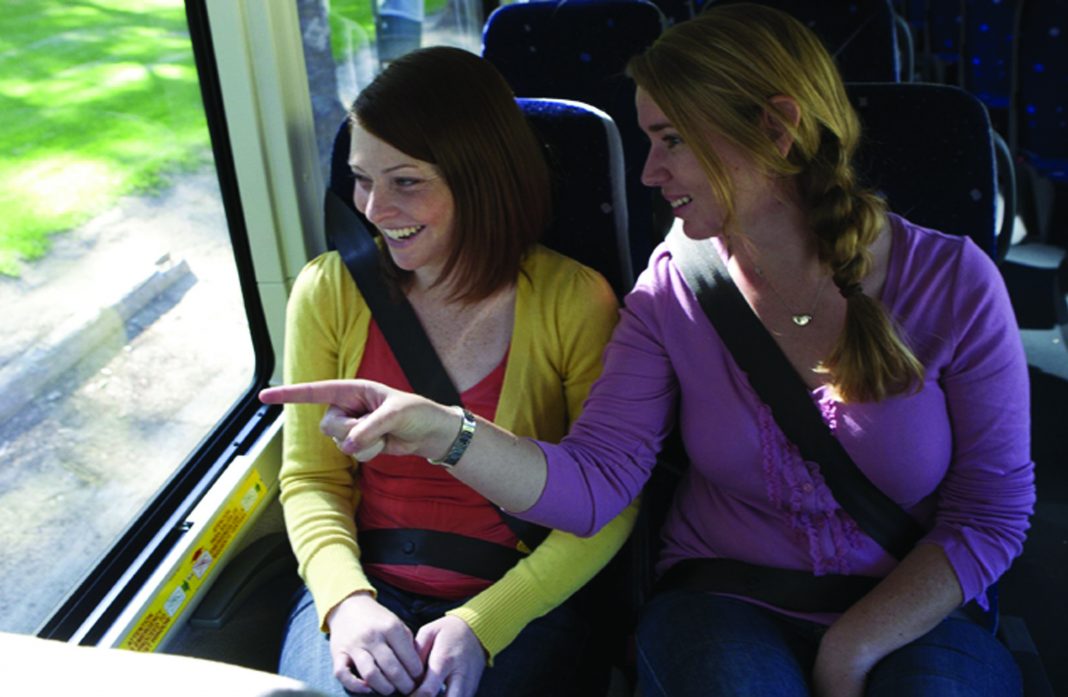I wonder what readers think about those magic words ‘health and safety’? For me, it is usually an excuse for some ‘jobsworth’ in a government or local authority office trying to stop me from doing something that I really want to do, with nothing more to offer than a feeble, illogical excuse. Of course, ‘health and safety’ is important and is intended to be a good thing, but only when it benefits workers, individuals and the wider community, and not as a pointless control mechanism designed to irritate.
In the UK, Germany and much of Scandinavia, ‘health and safety’ is taken very seriously and there is usually some consistency to the approach. For instance, if you trip on a paving slab, a complaint to the local authority is usually taken seriously and the issue corrected. It can also provide a convenient opportunity for litigation lawyers to pounce and sue the Town Hall on your behalf.
In Mediterranean countries, such as Spain, France and Italy, the issue is generally taken much less seriously. One could kindly say that maybe a more pragmatic and flexible approach is taken to such matters. I know from several correspondents who have slipped or tripped on tiled pavements or broken concrete stairs in public places, that the response from the Town Hall is often little more than “You should have been more careful”. Maybe they have a point.
It was with this in mind that I was surprised to find seat belts fitted to all the seats on a new bus on the island when I caught the bus to Las Palmas this week. There was an incident on the island a few weeks ago when an ancient bus caught fire; fortunately, no one was hurt, but I think it did lead to questions to be asked of the bus company and several new buses were ordered and added to its ageing fleet.
Fitting seat belts in buses is a sensible idea; after all, these valuable safety additions have been compulsory in cars for many years. When we boarded the bus, a warning light shone at the front of the bus to remind passengers to belt up. I noticed an Italian couple with two young children, and an elderly German couple using the belts, but only a few other passengers complied. Still, the thought was there.
This sudden attention to health and safety contrasts starkly with the bus company’s policy of allowing up to thirty people to stand in the aisle of the bus during the fifty-minute motorway journey to Las Palmas. Whilst I fully understand the necessity for occasional standing on crowded, but short bus journeys in the city, asking passengers to stand for the entire journey on a busy motorway, renowned for regular accidents, is nothing short of highly dangerous, as well as uncomfortable. Personally, I no longer cooperate with this, since I would rather get off the bus and wait for the next one.
So, there we have it, a brand-new bus fitted with seat belts, which few people use, whilst the bus company continues to allow passengers to stand in the aisle of a bus filled to capacity on a fast-moving motorway well known for traffic accidents. Logical? No, but then again, few things are… As for health and safety, I guess it is a step in the right direction.
If you enjoyed this article, take a look at Barrie’s websites: http://barriemahoney.com and http://thecanaryislander.com or read his latest book, ‘Footprints in the Sand’ (ISBN: 9780995602717). Available in paperback, as well as Kindle editions.
© Barrie Mahoney





